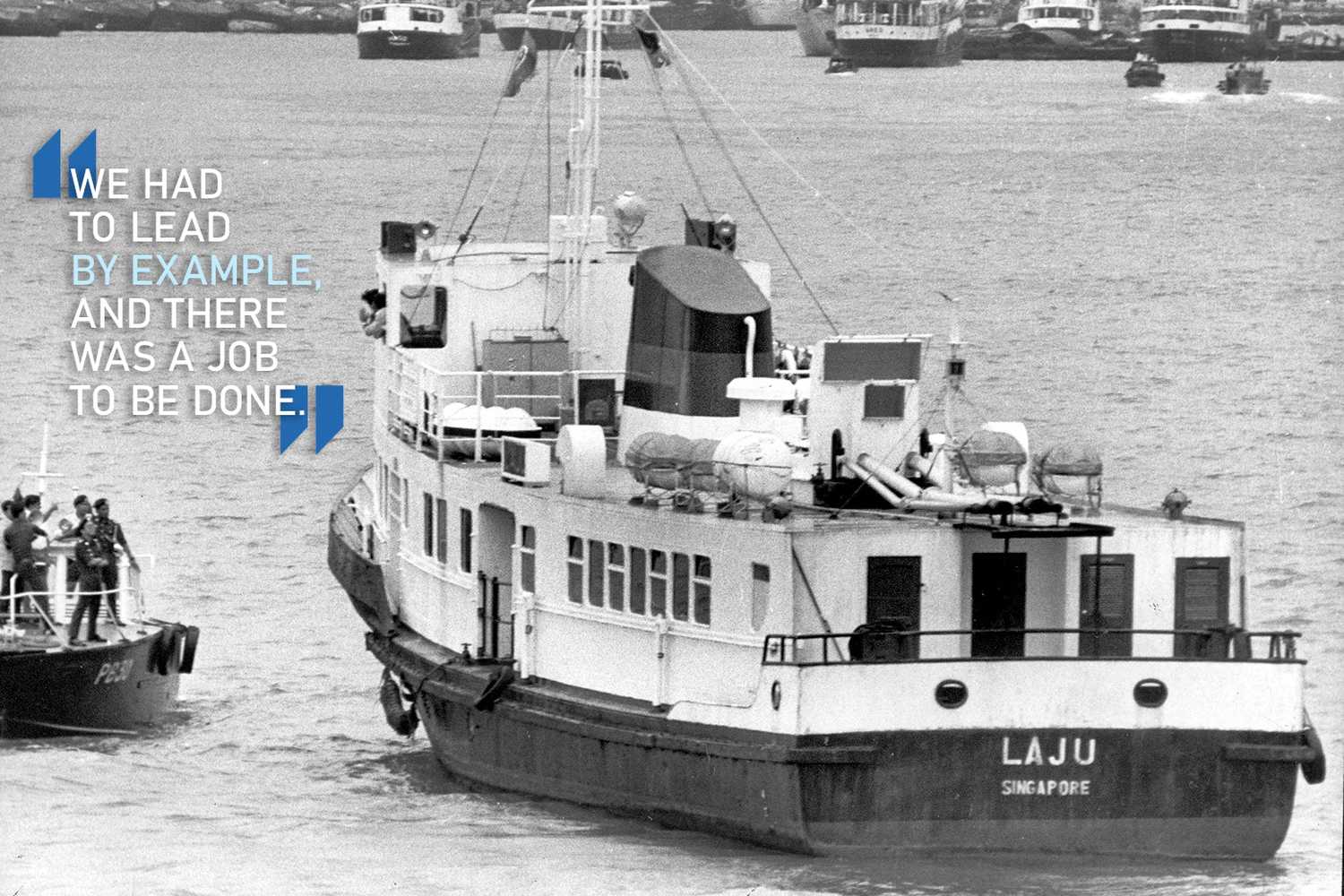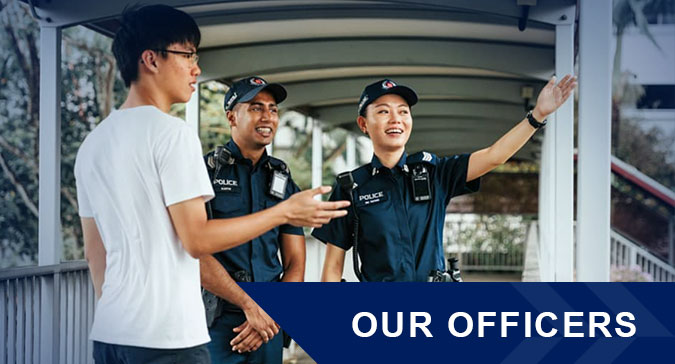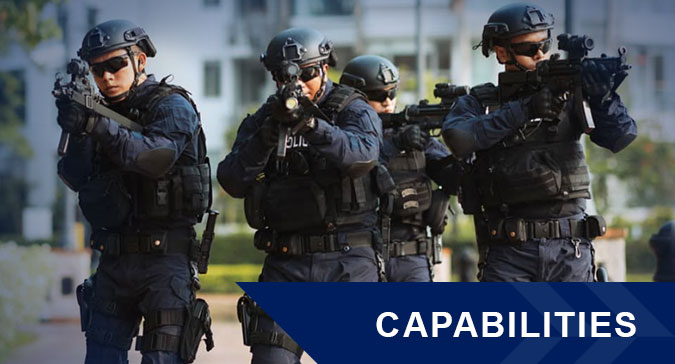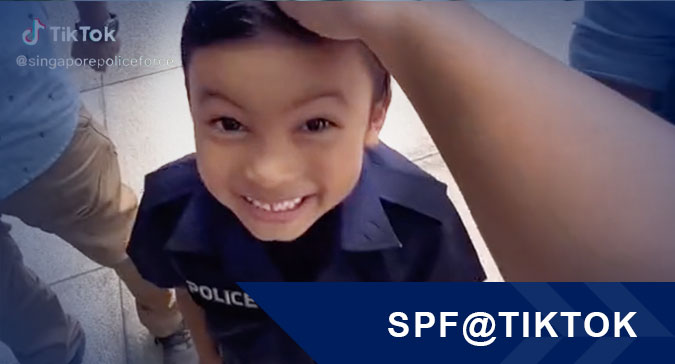Honouring our officers for their courage, duty and service on the 50th anniversary of the Laju hijacking.
By: Low Ee Ching and Mike Tan

On the morning of 31 January 1974, the ferry Laju was hijacked by four terrorists escaping from Pulau Bukom after they’d attacked the Shell oil refinery on the island.
The terrorists had planted explosives at several oil storage tanks and blown them up, with the first explosion being heard at 11.45am. Thankfully, a fire that threatened to spread was put out by the firemen at the scene.
After setting off the explosives, the terrorists boarded the Laju, which typically carried workers to and from Pulau Bukom. Holding the five crew members at gunpoint, the terrorists ordered the ferry to sail into international waters.
In Hot Pursuit
Acting Superintendent of Police (Supt) Tee Tua Ba, the Officer-in-Charge (OC) Marine Police, was on duty when the Duty Inspector came into his office just before noon and said, “Bukom is bombed!” Time was of the essence and Supt Tee swiftly issued orders to his officers (the following excerpts are drawn from his 2001 oral history interview with the National Archives of Singapore):
“I directed the duty inspector to contact Bukom for further and more specific facts. Simultaneously, I summoned all my senior officers, one Deputy Superintendent, two inspectors, five constables and detective constables. In a few words I impressed upon them the urgency and seriousness of the situation. I then directed them to get appropriate arms from the Armoury. Sterling sub-machines, self-loading rifles and revolvers, and they were ready to leave with me for Bukom immediately… [We] jumped into the fastest available craft and sped across the harbour on the way to Pulau Bukom, which was approximately half an hour away.”
At 12.20pm, police patrol boats spotted the Laju at sea and closed in to intercept it. Supt Tee immediately took charge of the situation:
“I could see police craft from all directions beginning to converge onto the target craft and joined in the pursuit. All in all, about ten police craft in hot pursuit… I got onto the front deck, and identified myself, by beckoning and attracting attention, so that the other pursuing craft would know I was on board. The men soon recognised me and order was restored.”
A Calculated Risk
The Laju came to a stop and one of the terrorists threw a plastic bottle into the water towards the Police. Inside, Supt Tee found a handwritten message and urgently conveyed its contents to higher authorities. Meanwhile, the police patrol craft formed a cordon around the Laju as the terrorists warned the officers to keep their distance:
“The hijackers appeared to be still in a highly excitable state and [were] impatient for a reply. They were throughout suspicious of police craft, and whenever a police craft came too near they would gesticulate with their weapons and waved the boat away.”
Back on Pulau Bukom, the Police recovered other packages of explosives left by the terrorists. Meanwhile, Supt Tee and his officers kept the Laju under close observation. Once more, Supt Tee’s sense of duty urged him to step forward:
“…I realised that I would have to establish communications with them at some point… I decided to stand on the open deck of my PB 30, my own craft and made a direct approach to the hijackers… I then took a handkerchief and standing directly in front of the deck, instructed PB 30 to slowly approach the Laju. I ordered all my men down into the bridge and conceal their weapons. They would be ready for counter-action only if the hijackers fired upon me… It was a calculated risk that paid dividends. It was through this method that I was able to gain their confidence and trust in me and thereafter in the government.”
Demands and Counter-proposals
That night, events took an unexpected turn; after being held for more than 10 hours, two of the five Laju crew members escaped by leaping off the ferry. Days of intense negotiations were to follow, with Supt Tee and his officers working to ensure the safety of the remaining three crew members. Finally, after making numerous demands, the terrorists agreed to release the hostages in exchange for a flight to Kuwait.
On 7 February, the Laju berthed at a jetty in Singapore. At 10.30pm, the terrorists and hostages left the ferry and boarded a police van for Paya Lebar Airport. Arriving at the VIP lounge, Supt Tee enacted a high-risk plan to disarm the terrorists:
“I told the hijackers that they had to give up their firearms to me. There was a flash of suspicion, fear, anger. For a moment in the eyes of the hijackers, they thought I was out to trick them… I stated that if they did not trust me, they could keep one bullet, one Browning automatic and hold it against my temple, whilst I called out my superior to meet them.”
But the tense moment passed. The terrorists agreed to surrender all their arms and released the three crew members that they’d held for eight days.
A Flight in the Dark
At 1.25am on 8 February, the plane carrying the terrorists departed Singapore for Kuwait. On board with them was Supt Tee and 12 other Singaporean representatives acting as guarantors of safe passage, led by Mr SR Nathan, then Director of Security and Intelligence Division at the Ministry of Defence. He would later serve as the sixth President of Singapore, from 1999 to 2011.
Once the plane had landed, the Singaporean representatives handed the matter over to the Kuwaiti government and returned home, arriving on 9 February. For their service, they subsequently received National Day honours. Not only had they accomplished their mission of ending the Laju hijacking without any loss of life, they’d also demonstrated immense bravery, determination and coolness under pressure in carrying out their duties.
Supt Tee would later go on to a distinguished career, serving as Deputy Commissioner of Police from 1982 to 1987; Director of the Singapore Prison Service from 1988 to 1992; and Commissioner of Police (CP) from 1992 to 1997.
In a 2016 interview with The New Paper, former CP Tee recalls of those danger-filled days facing the Laju and on the plane:
“My sons were one and two then. I thought they might not see their father again, and my wife would not see her husband. But we had to lead by example, and there was a job to be done. We did our job.”









